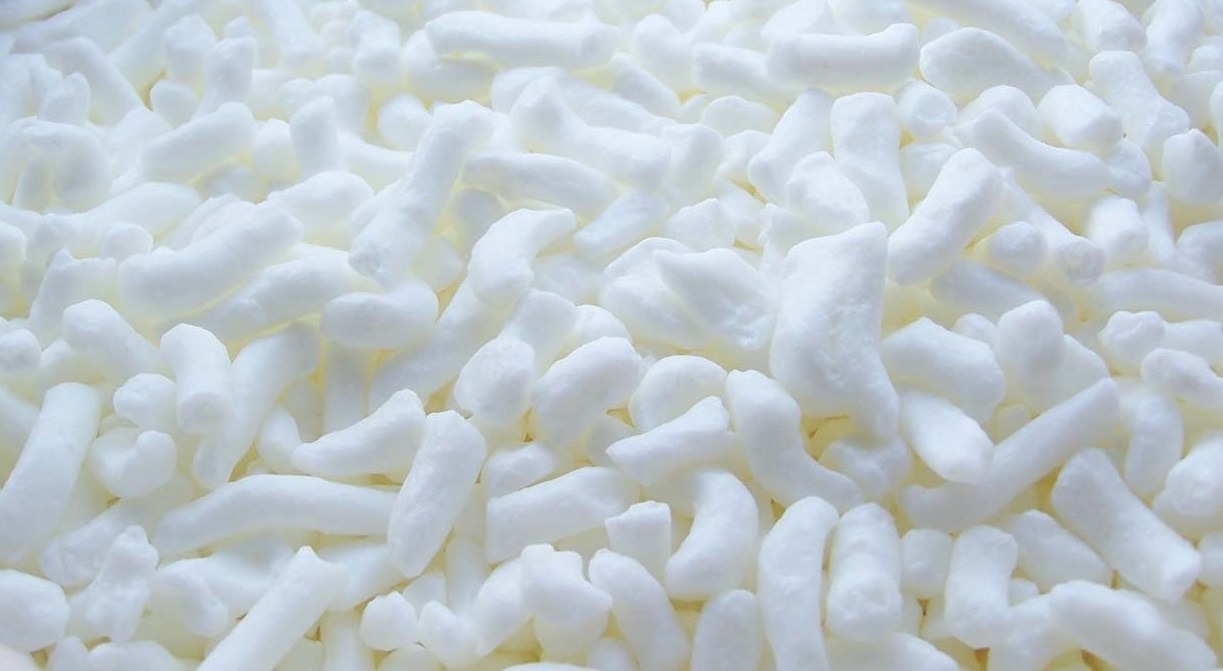Soap Noodles TFM 78-81% (80:20)
|
IUPAC Name |
: N/A |
|
Cas Number |
: 143-07-7 |
|
HS Code |
: 3401.20.20 |
|
Formula |
: N/A |
Basic Info
|
Appearance Name |
: White Solid |
|
Common Names |
: Soap Chips |
|
Packaging |
: 20 MT/FCL in 25 Kgs Kraft Paper Bag with PP Lamination 800/1000 KGS Jumbo Bag |


.webp)
.webp)
.webp)
